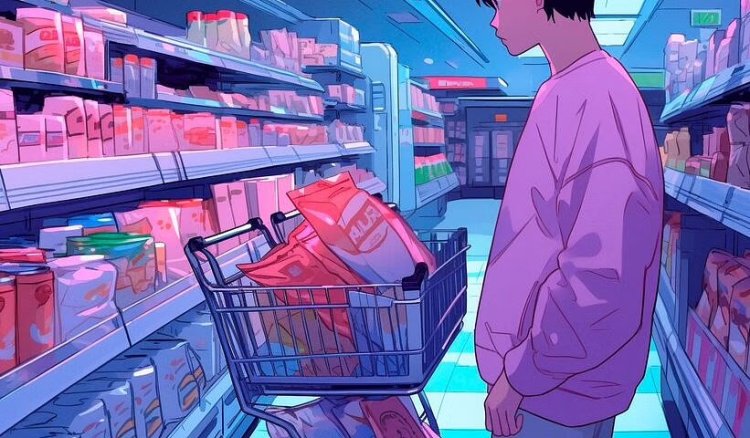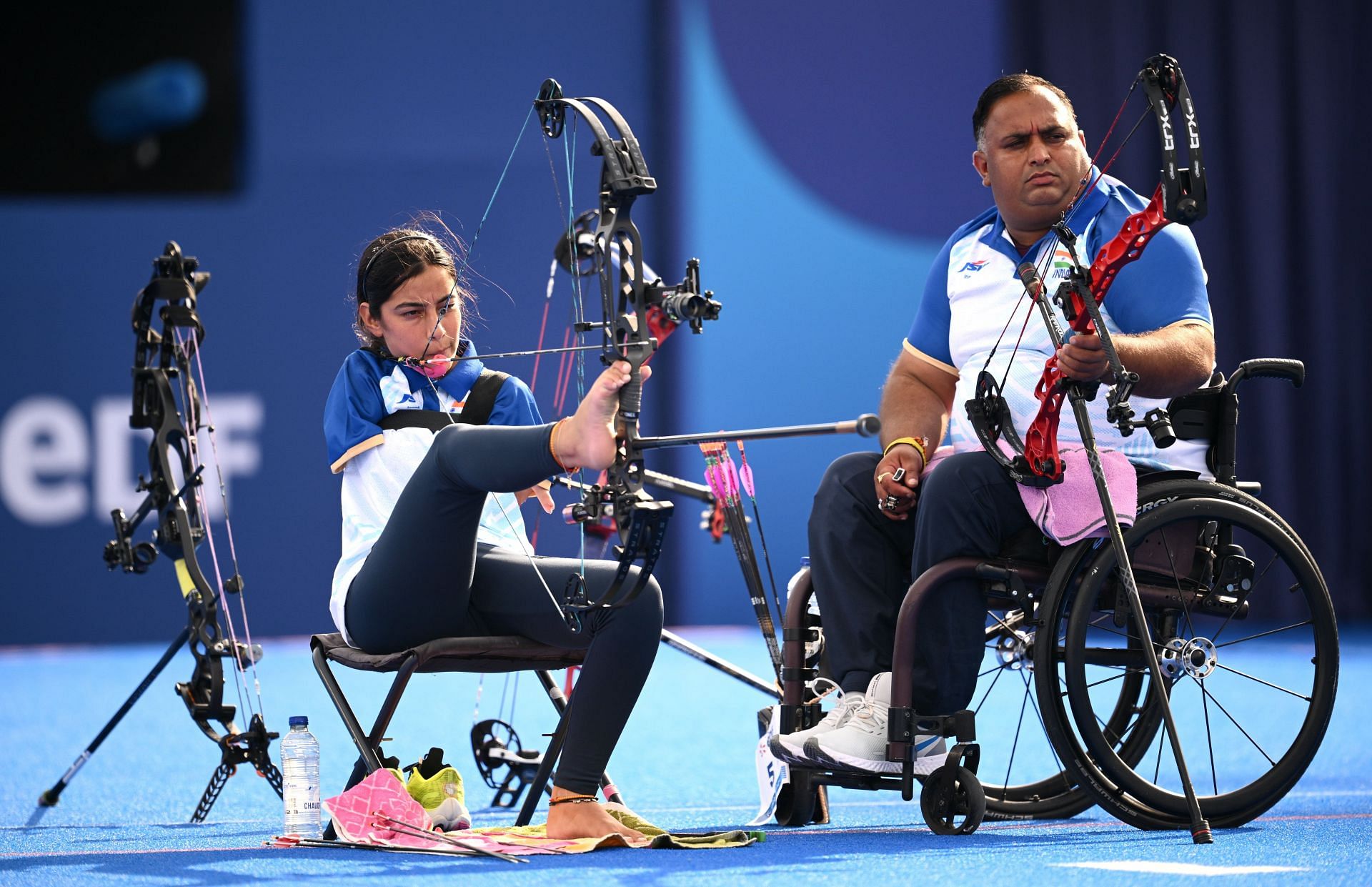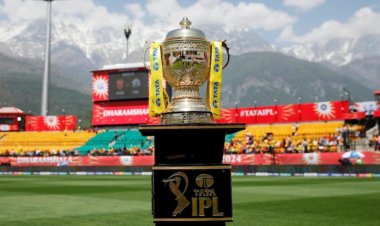Rs 30,000 Crore Question: Why FMCG Still Dominates Indian Advertising
FMCG accounts for over ₹30,000 crore in ad spend—outpacing auto and finance—driven by daily necessity, regional campaigns, and ever-present brand salience.

The Daily-Ad Diet
In India’s ₹1.3 lakh crore advertising ecosystem, FMCG brands collectively command over ₹30,000 crore annually—more than auto, real estate, and finance combined. Why? Because consumers encounter soap, shampoo, toothpaste, and snacks every single day. When a product is used at least twice daily, the imperative to stay top-of-mind is non-negotiable, driving FMCG companies to saturate every medium.
High Frequency, High Stakes
Unlike big-ticket cars or TVs, FMCG purchases are impulsive and habitual. One missed TV or YouTube ad means a shopper might switch toothpaste brands at the store shelf. To prevent that, FMCG marketers invest in 100–200 GRPs per week on TV, partnering with local cable operators and digital platforms to ensure frequency. Even small regional brands match national players in local markets—further inflating the category’s juggernaut spend.
Omnichannel Ubiquity
Today’s FMCG playbook spans mass media, digital video, social, influencers, OTT, and out-of-home. A shampoo brand may launch a celebrity-led TVC, then deploy bite-sized Reels tutorials, and finally, regional radio jingles. Rural activations use mobile cinemas to screen product demos in villages. E-commerce banners, voice-search ads on smart speakers, and in-app coupons for grocery apps cement the omnipresence.
Micro-Moments and Micro-Budgets
While the headline spend is enormous, the real action is in micro-moments: a ₹50 biscuit pack needs constant reminding, so these brands allocate up to 40 percent of their budgets to hyper-targeted digital campaigns. On very low unit economics, every penny of ad investment must yield immediate uplift—prompting innovation in AI-driven targeting and real-time attribution.
Regional Romance
India’s FMCG ad leaders also excel at regional customization. Dettol collaborates with Marathi theater groups; local grocery chains air bespoke Telugu ads for cooking oils. This nuanced approach deepens emotional connections—and justifies premium CPMs for regional inventory.
Future Fuel: Data and D2C
With the D2C boom, FMCG players are creating direct consumer channels—Dabur on WhatsApp, biscuits on Instagram shops—and reallocating budgets from General Trade to digital storefronts. Data from these channels in turn refines media planning, allowing FMCG brands to reinvest savings back into brand-building.
Final Toast
FMCG’s ₹30,000 crore media might isn’t accidental. It reflects the category’s unique imperatives: daily use, razor-thin margins, and intense competition. For marketers, mastering FMCG media means balancing mass reach with micro-targeted precision—ensuring every ad rupee turns into a quick, repeated purchase. In India’s adland, that makes FMCG not just a leader, but the pulse of the industry.












